For Eric Bouvet, travel is part of the job. His long career as a photojournalist has taken him to some of the most hostile and remote parts of the world, so it’s unsurprising that he values a camera that’s both portable and versatile. We catch up with Eric after he took X-Pro3 on an altogether more relaxed road trip in Europe.
“I took X-Pro3 more than 600 miles from Paris to Berlin – and after that all over the south of France,” Eric tells us. His trip was part business and part pleasure, with a family visit planned around some portraiture work. This lack of pressure allowed him the freedom to really get to know the camera.
“There was no particular project,” he continues, “so it made the perfect opportunity to do a road trip where I could shoot a variety of images with X-Pro3 in a range of different scenarios.”
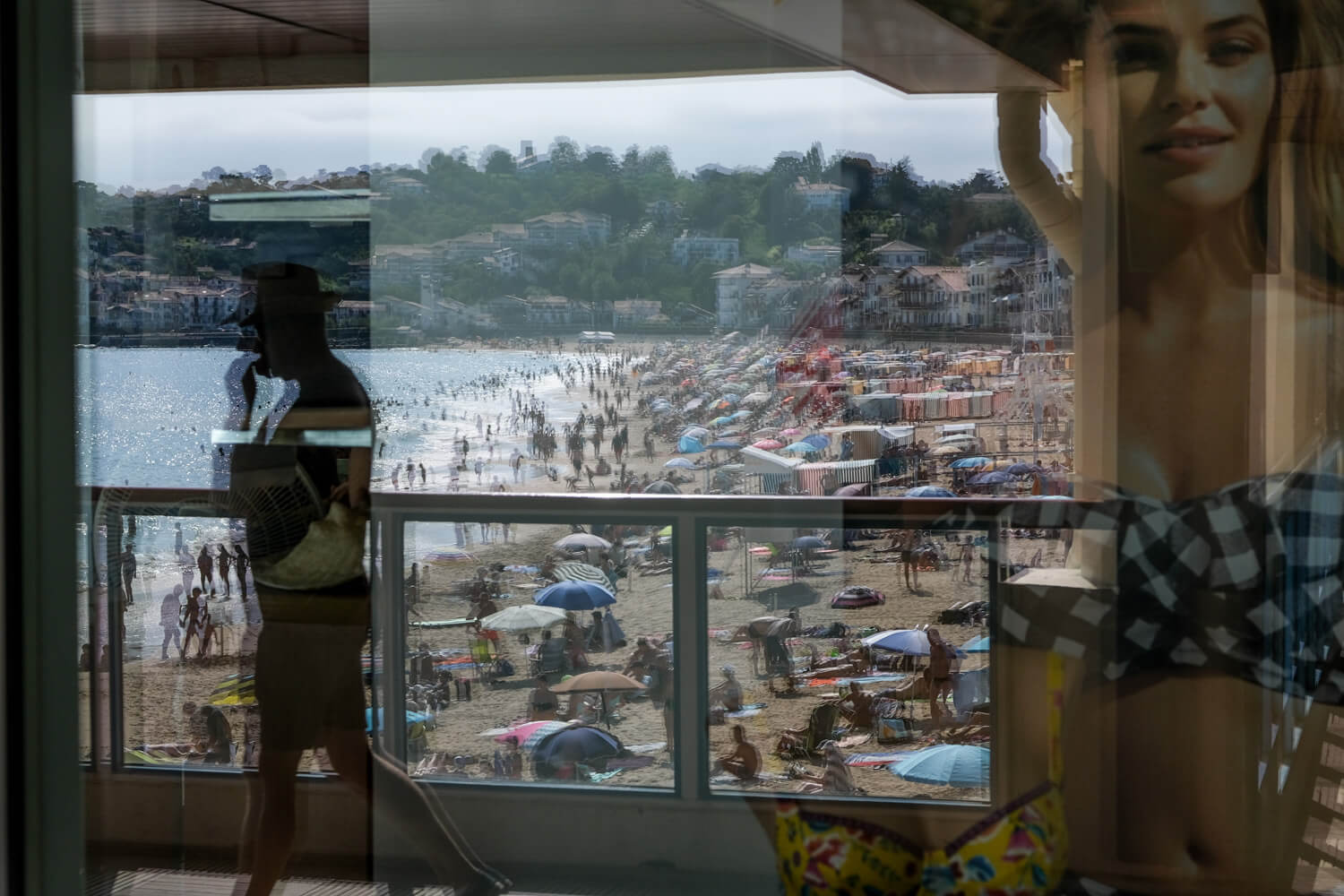

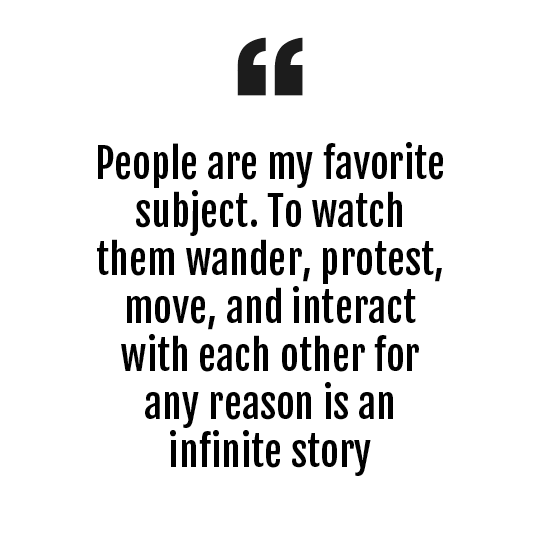
From the very first time he saw X-Pro3, Eric tells us that he was a fan. “The designers at Fujifilm did some really nice work on this new version,” he says, adding that, with Fujifilm’s reputation for constant development, he was sure that X-Pro3 would also bring a whole host of new functionality. And he wasn’t wrong.
A state-of-the-art hybrid viewfinder, a hidden tilting touchscreen and superfast autofocus to -6EV are just some of the awesome features that X-Pro3 offers. But how did these features help the camera to perform out in the field? “It was really great!” beams Eric. “Thanks to X-Pro3, I satisfied every one of my clients’ needs, regardless whether it was corporate, press, editorial, or anything else.”
He goes on to talk about the magic of documentary photography and why X-Pro3 is so perfect for the genre: “People are my favorite subject. To watch them wander, protest, move, and interact with each other for any reason is an infinite story. Moreover, I love the challenge of finding interest in our fellows, finding a remarkable picture where nothing happens, or in situations that are familiar.
“X-Pro3 is like an orchestra. It is polyvalent. And as I like many types of photography, it suits me very well,” he reveals.
As a documentary photographer, Eric’s biggest driver is to do exactly that: document. He feels that history plays the biggest part in making a photograph timeless, while it also brings a certain level of responsibility for the modern photographer.
“Before, we painted on cave walls, then on pottery, parchment, tapestries, and paintings. Today there is photography. It is a way to trace our era in history and therefore it is very important,” he says. “Now, more than ever, we have to respect the dignity of people who are photographed, because some of these images will stay in books and museums for many generations to come.”
And the overall aim for Eric? To make people think. “The world changes quickly. Society is transformed and human beings have to adapt. It is necessary to share our photography in order to call people out and make them think,” he explains. “The aim is to provoke an emotion, a question.”
In fact, this idea of constant evolution is exactly why Eric feels X-Pro3 is so suited to his style of photography. “At Fujifilm, they know how to improve their cameras. Each time, they do it better,” he tells us. “And while I like to push the limits with my work, both physically and psychologically, X-Pro3’s durability and capability allows it to take anything I could throw at it. It never gives up,” he concludes.
X-Pro3 is now available to buy across the USA. Read the full specifications here, or contact your nearest FUJIFILM Authorized Dealer.
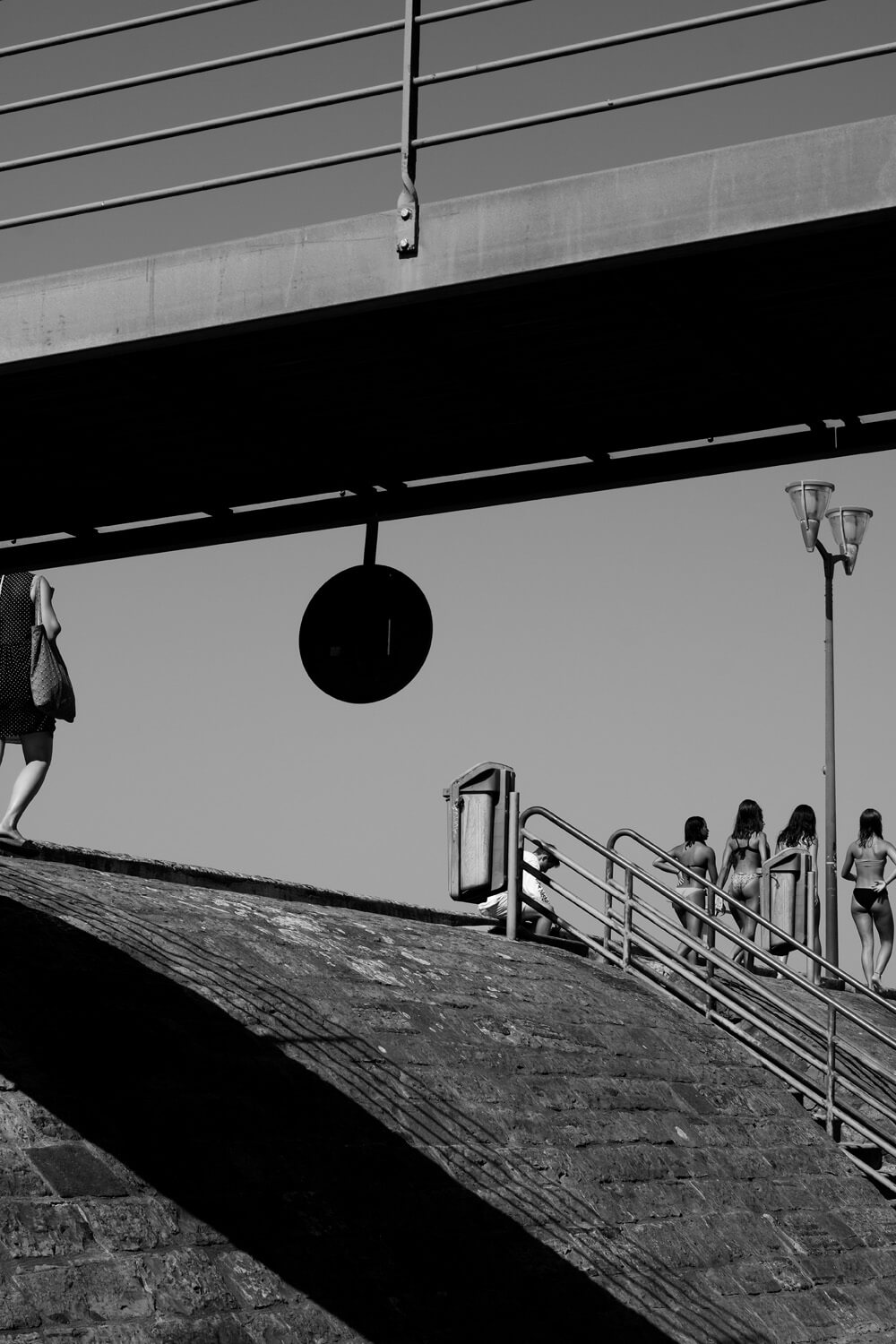
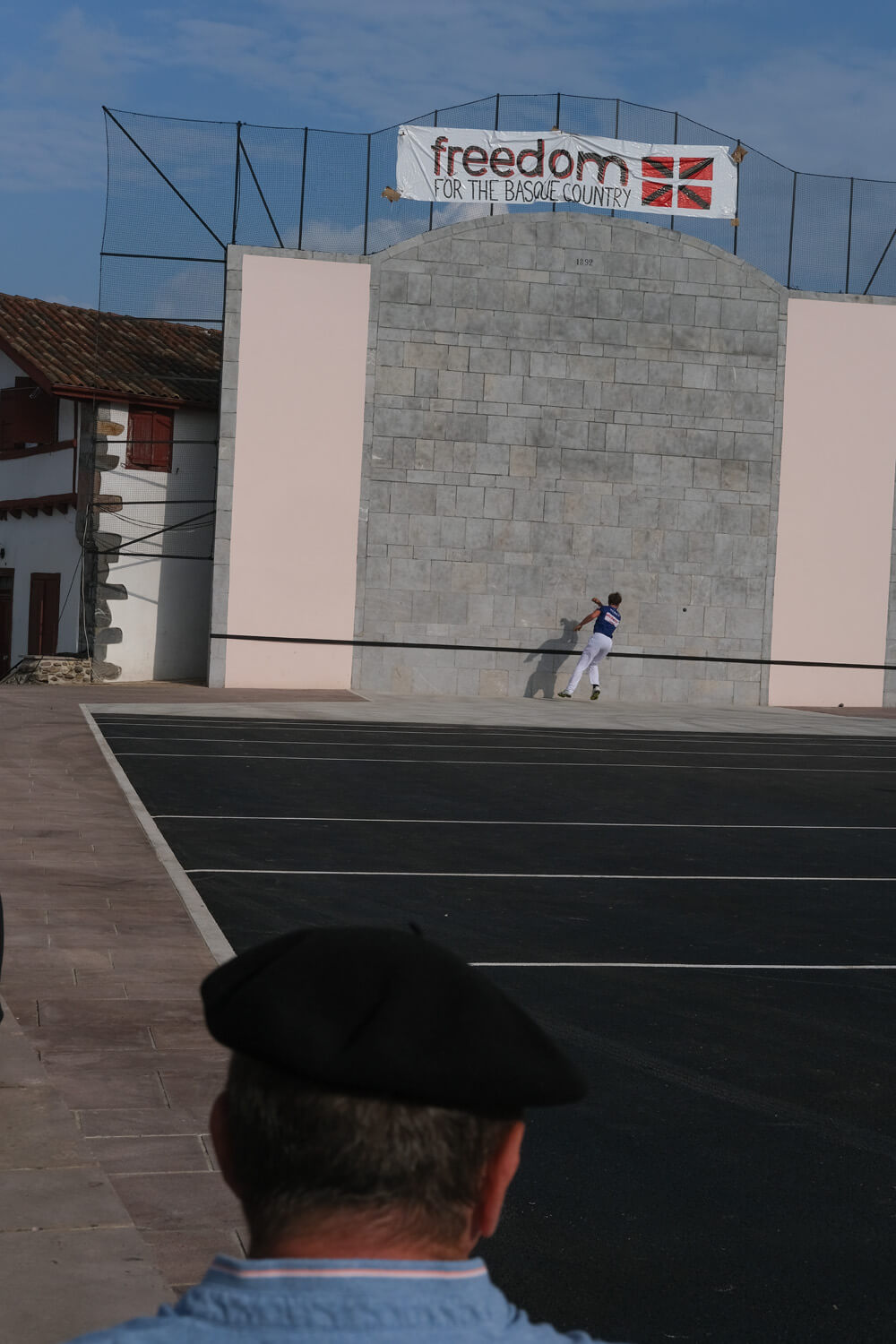
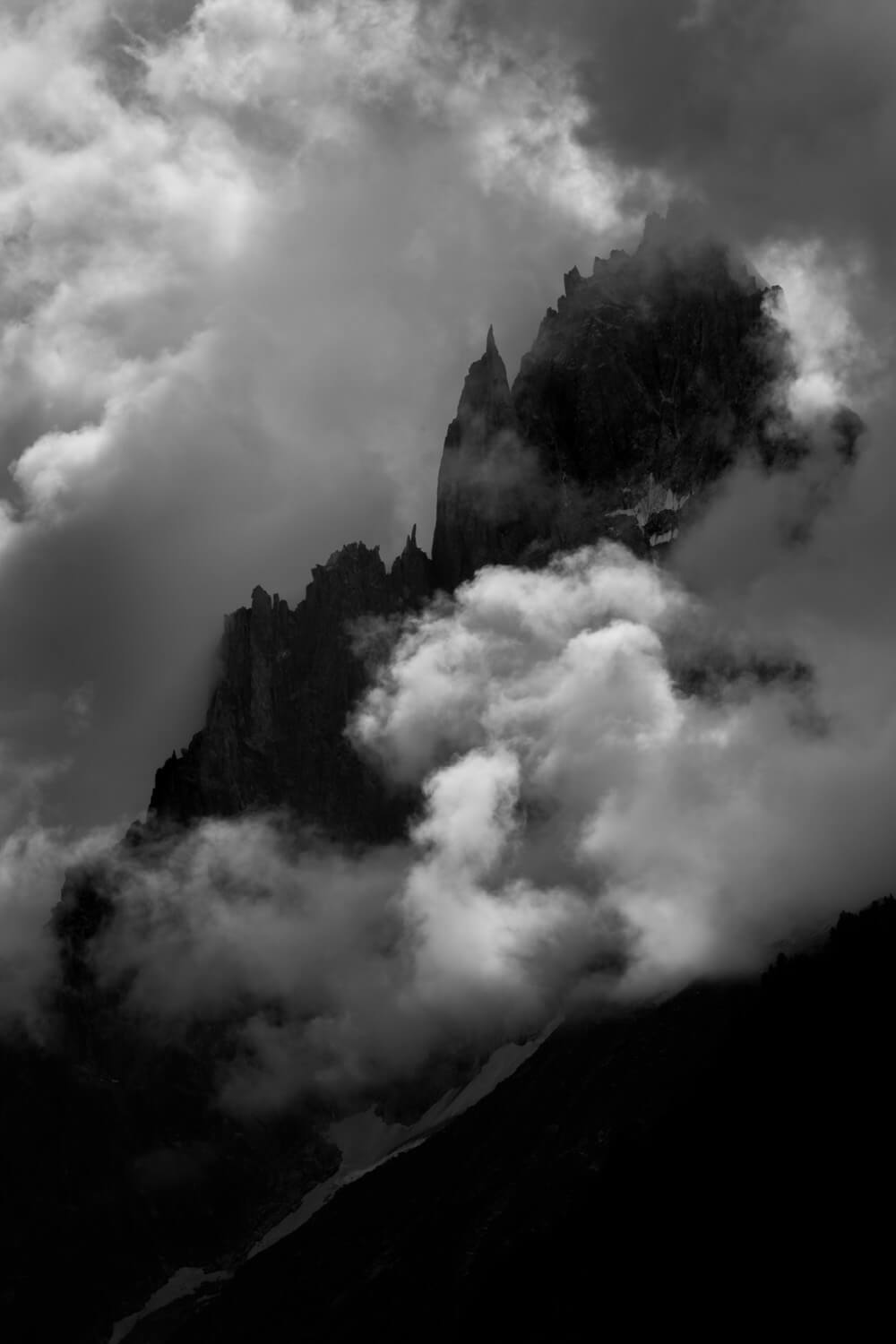
X-Pro3 is like an orchestra. It is polyvalent. And as I like many types of photography, it suits me very well
About The Photographer
Eric Bouvet is a photojournalist with a career that spans nearly four decades. In that time, he has gained international recognition for his coverage of some of the world’s most significant events, including Tiananmen Square, the fall of the Berlin Wall, and the release of Nelson Mandela, to name a few.
Website: ericbouvet.com



























































